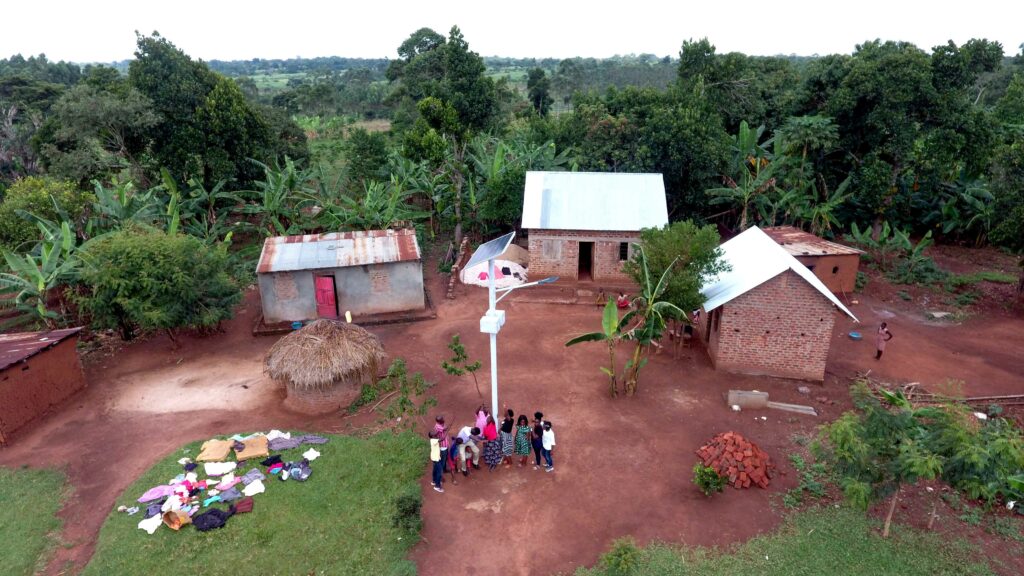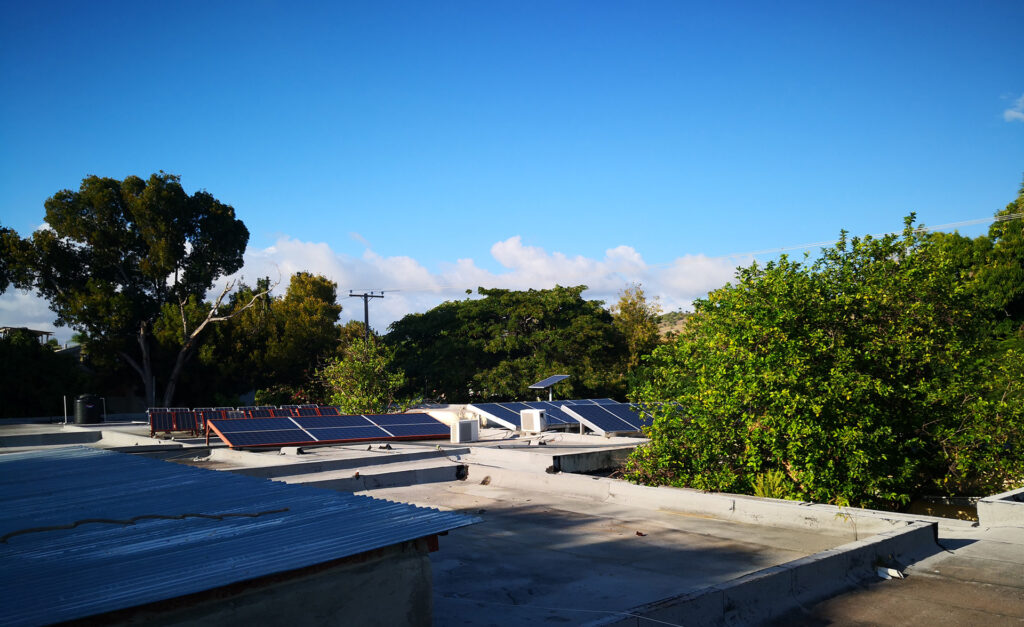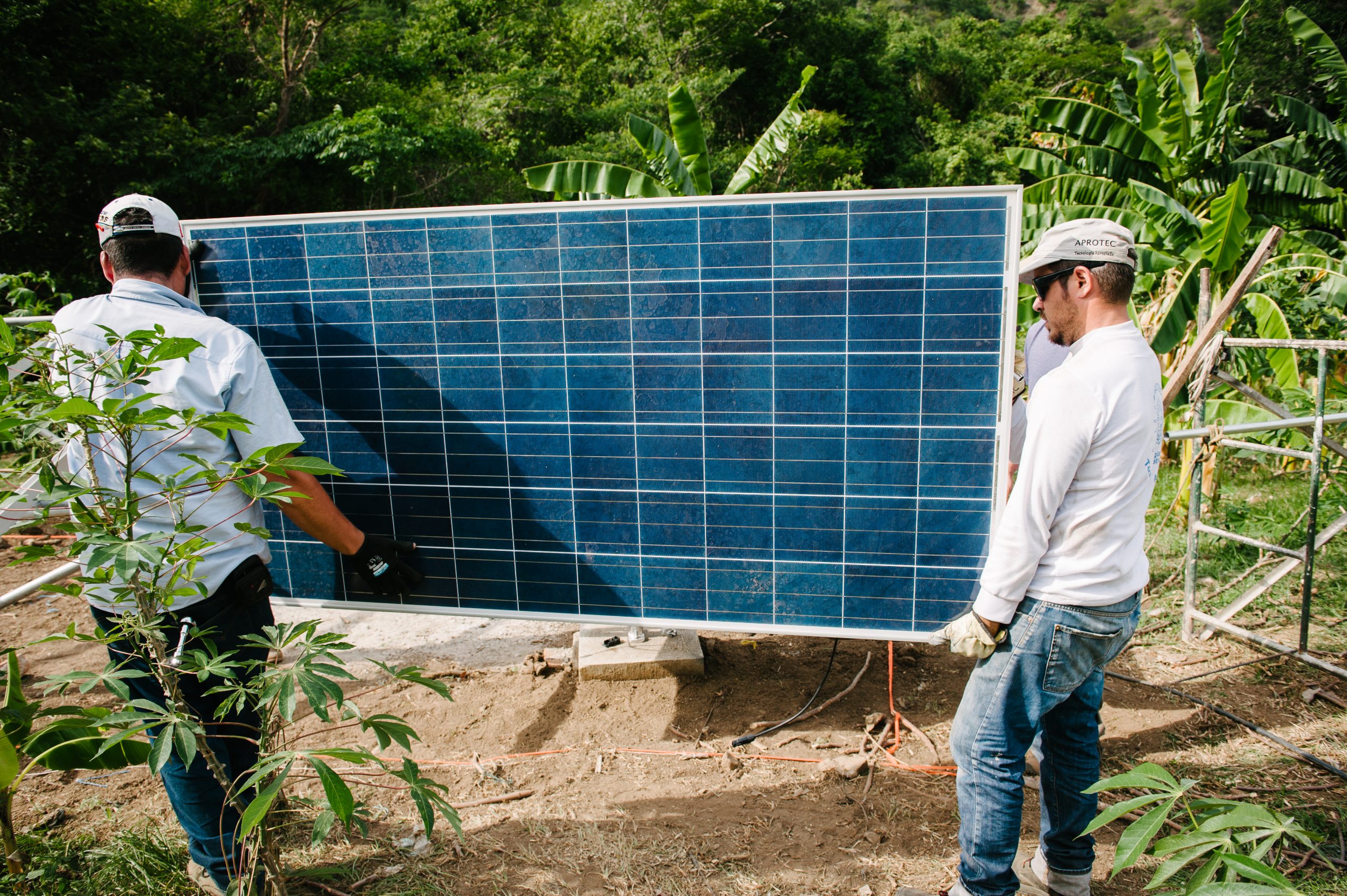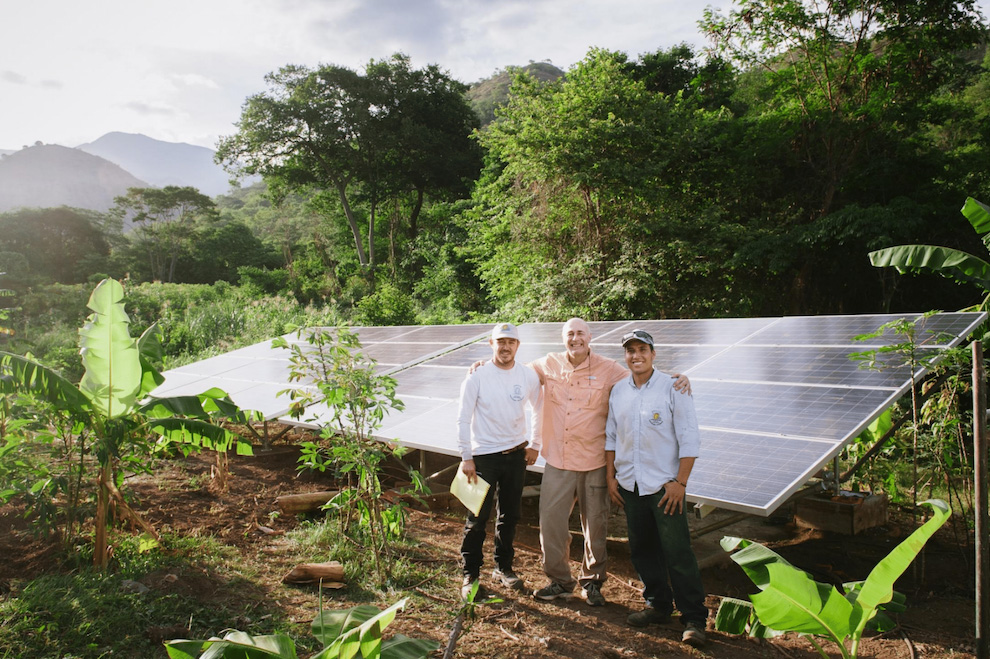
For many of us, flipping on a light switch or turning on the tap is an unremarkable event. But for the nearly one billion people living in energy poverty, it can be life changing. There has been a greater push in recent years to expand energy access to underserved areas, and some particularly promising solutions to energy poverty have emerged. New technologies and innovative models put our international community in a good position to enact lasting change, but our next steps are crucial. How we choose to design, fund, and implement energy poverty solutions will make all the difference in creating a more equitable world.
What is Energy Poverty?
Energy poverty is the lack of access to safe, reliable energy. Energy poverty is most prevalent in rural communities beyond the reach of a national electric grid. With grid extensions often prohibitively expensive, these communities are left to go without energy or turn to alternative fuel sources.
These fuel sources can help communities meet some of their basic needs like lighting and cooking. However, they are extremely limited and present significant risks. Common tools like kerosene lamps and coal fires create indoor air pollution that kills millions every year. These lamps are also prone to explosions that cause further death and injury.
Without another source, off-grid communities are left to choose between two bad options, both of which perpetuate the cycle of poverty.
Prioritizing Solutions to Energy Poverty
Energy access must be prioritized by our global community for the simple reason that progress can’t happen without it. Without energy, communities can’t pump water, store vaccines, or educate the next generation with the full scale of resources available. Energy poverty restricts growth, feeds inequality, and maintains existing power structures.
Energy, on the other hand, opens up entirely new opportunities for rural and marginalized communities. It spurs economic development, advances food and water security, improves public health, and more. In 2015, energy access was named one of the UN’s Sustainable Development Goals (SDGs), with impacts that go much farther. Energy is the ultimate gateway, and solutions to energy poverty are the key.
Sustainable Solutions to Energy Poverty
Solutions to energy poverty must start with sustainability. With low- and middle-income communities bearing the greatest burden of climate change, renewables are inseparable from poverty alleviation. In addition, relying on fossil fuels for economic development is just not practical. The price of renewables is falling rapidly and already beats out nonrenewable sources in many cases. From both an economic and environmental standpoint, clean energy wins.
Renewable energy sources can include solar, wind, hydroelectric, and others. For the purpose of solving energy poverty, solar is generally the most pragmatic energy source. Solar energy systems can be installed nearly anywhere and are relatively low-maintenance and cost-effective. Solar is flexible—capable of solving a variety of problems—and the technology is only getting better.

Today, we have access to several different forms of solar power. Solar thermal technology, for example, converts sunlight into heat energy, and is often used for solar water heaters. This is a fairly simple method and somewhat limited. Solar electric technology, also known as photovoltaics (PV), converts sunlight into electricity using solar cells. These cells are linked to form a PV module, and modules then combine to form a panel. Within solar electric technology there are further distinctions like battery-based and battery-free (direct-drive) systems. Different options offer different benefits and should be applied after considering the goals and context of the project.
Effective Models to Solve Energy Poverty
Early efforts to solve energy poverty focused on solar home systems. Stand-alone household photovoltaic units were installed on rooftops to generate a modest amount of electricity. SELF became involved in this work in the 1990s, finding success and inspiring other solar home programs, including a World Bank-funded initiative, as well as for-profit endeavors.
This movement toward home electrification was an important first step, but insufficient in addressing the broader gaps in energy access. Community spaces, such as health clinics and schools, needed energy too.
A new era emerged, which sought to tackle diverse areas of development using solar energy as the catalyst. A primary example of this is the Whole Village Development Model (WVDM). With WVDM, solar energy acts as a central driver of community-level progress, with impacts to water and food security, public safety, education, health, and micro-enterprise. This integrated approach was developed by SELF to leverage the full scale of benefits energy can bring to off-grid areas.
Other solutions to energy poverty demonstrate a domino effect for community wellbeing. For example, SELF developed the Solar Market Garden (SMG), a novel combination of solar water pumping and drip irrigation technology that enables communities to grow crops at scale, even in the dry season. As a result, more people are nourished, and with these gardens primarily maintained by women, we see positive impacts to gender equality as they earn income. This income can then be used to send children to school, support local businesses, and so on. Stanford University assessed SELF’s SMG pilot program in Benin and concluded that the model was cost-effective and had significant positive impacts in the community.
Additional Factors to Consider
Solutions to energy poverty are not one-size-fits-all. Different communities will have different priorities. Energy projects should consider these priorities in establishing objectives and determining the best models to meet them.


Another critical factor to consider is longevity. Equally important to installing solar energy solutions is maintaining them. While solar modules can last decades, like with all technologies, some upkeep may be necessary. Local people should be trained on operation and maintenance accordingly.
Lasting solutions to energy poverty must also be financially sustainable. In its early days, SELF pioneered the use of micro-finance mechanisms that allowed families to pay for, and gain ownership of, their solar energy systems. This approach can be sustainable for both the households and the organization implementing the panels. When the solar asset is public (e.g., a community water pump), a small fee can be charged for use in order to cover maintenance expenses. And as the price of solar continues to drop, these financial mechanisms will become even more accessible.
Ending Energy Poverty for Good
We’ve made significant progress in developing and implementing solutions to energy poverty. Between 2010 and 2019, the World Bank reported that the number of people connected to mini grids more than doubled, going from 5 to 11 million people. In the last decade, a greater percentage of the world’s population gained access to electricity than ever before, although that access remains fragmented across geographic lines.
While this fight is long from over, we know what’s required to end it. Solutions to energy poverty combine innovative technology, renewable sources, and smart models. What we need now is a collective, global push to flip the switch on energy poverty for good.

SELF is a global leader in the fight against energy poverty. Since 1990, we’ve pioneered unique applications for solar energy, powering progress on food security, health care, education, gender equity, and more.
501(c)(3) non-profit organization
EIN: 52-1701564